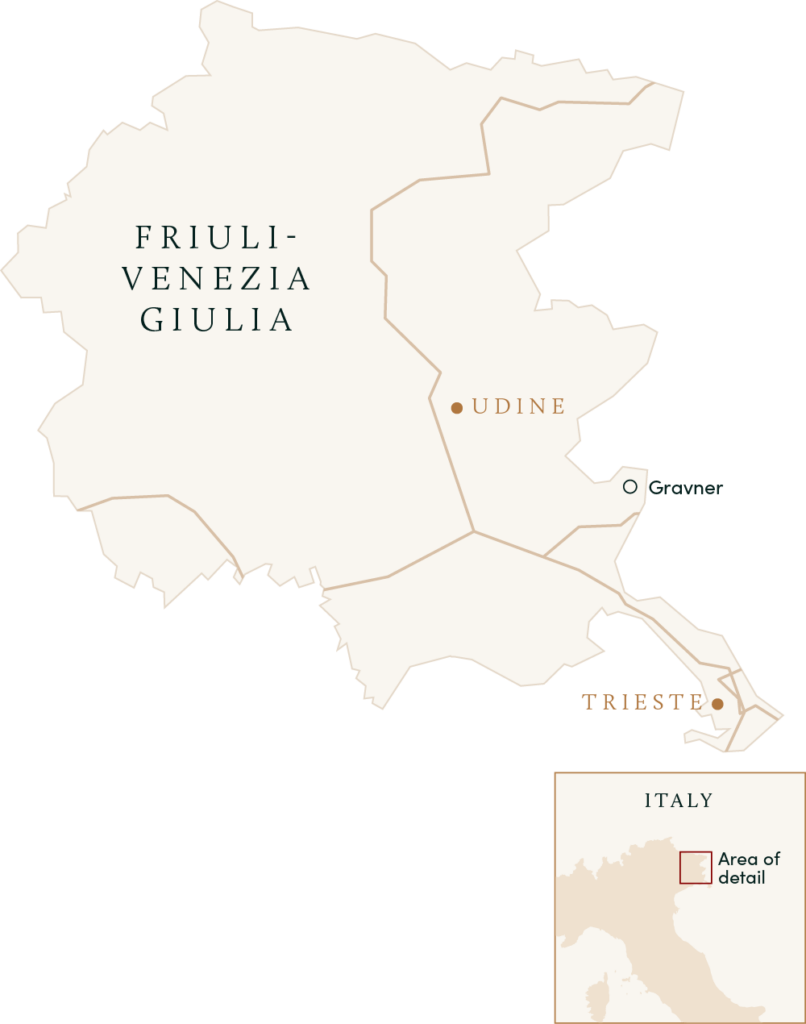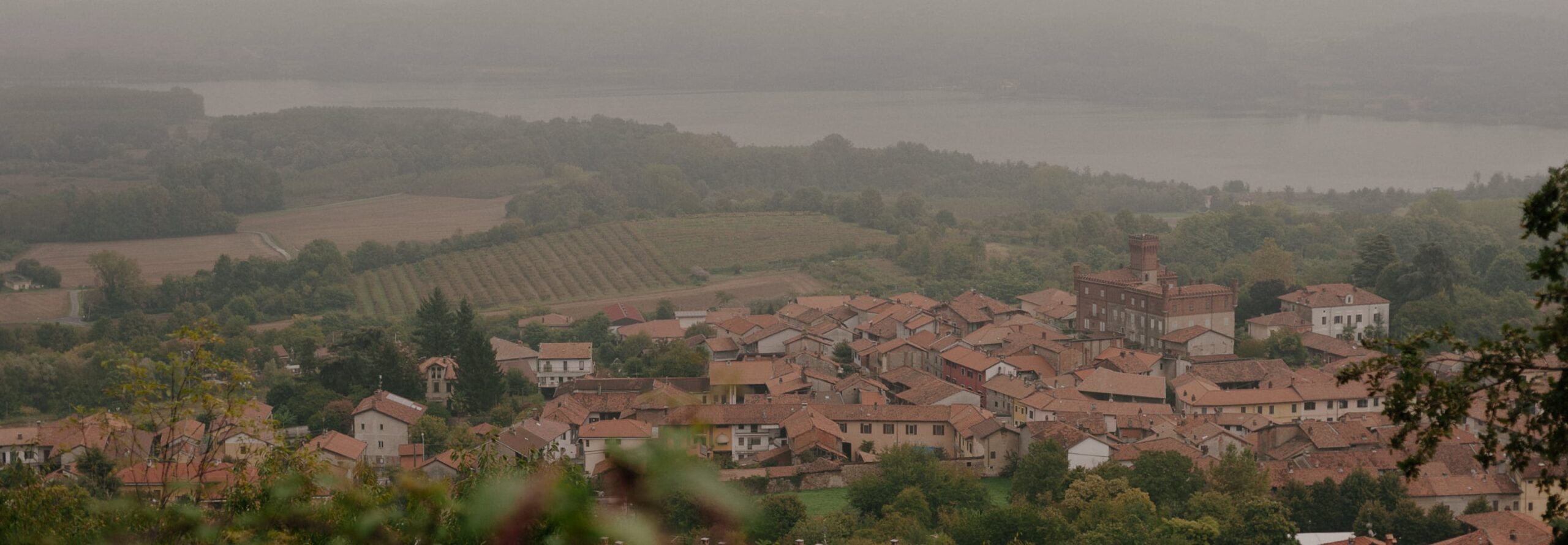In the hills above Gorizia, in sight of both the Julian Alps and the Adriatic, Joško Gravner’s family has made wine in the neighboring villages of Hum and Oslavia for generations. Long a part of the Austro-Hungarian empire, the Collio Goriziano/Goriška Brda has, since being razed in the First World War, been traded between Italy, Nazi Germany, Yugoslavia, and Slovenia. From 18 ha of vineyards in these contested hills planted to Ribolla Gialla and Pignolo (Gravner recently ripped up his international varieties), Gravner makes some of the most compelling and thought-provoking wines we have ever encountered.
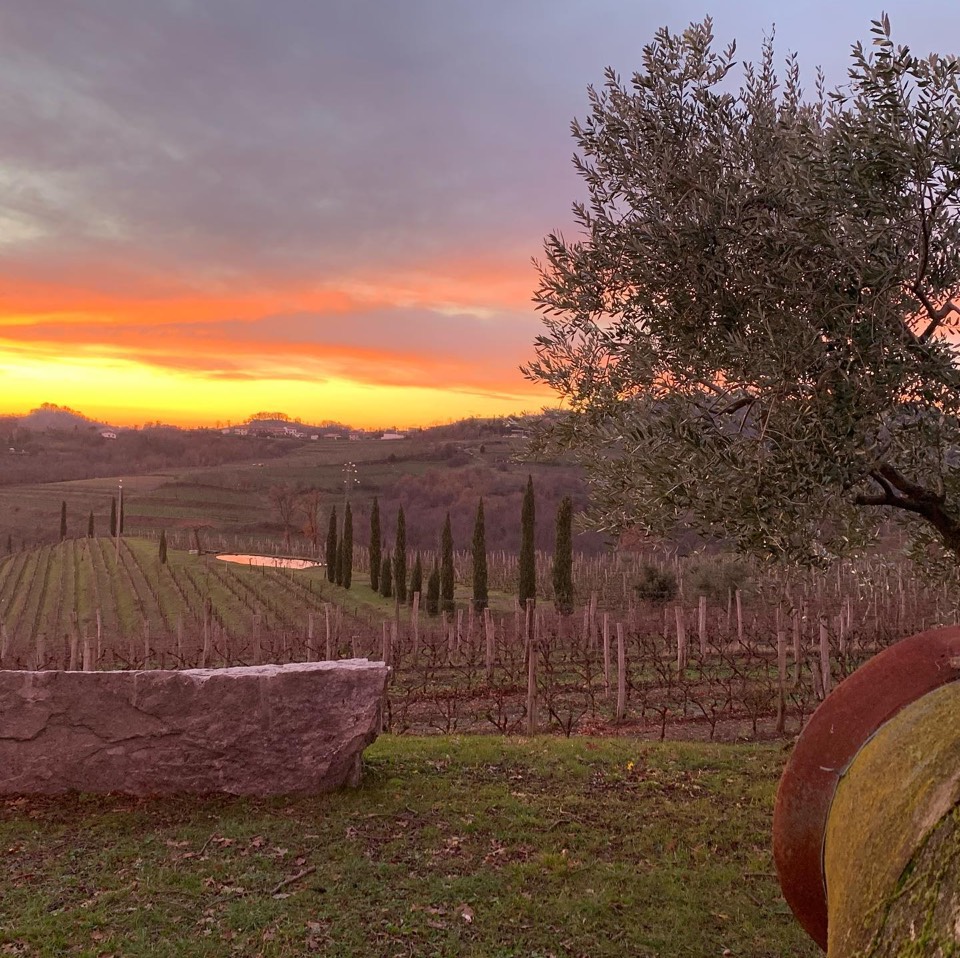
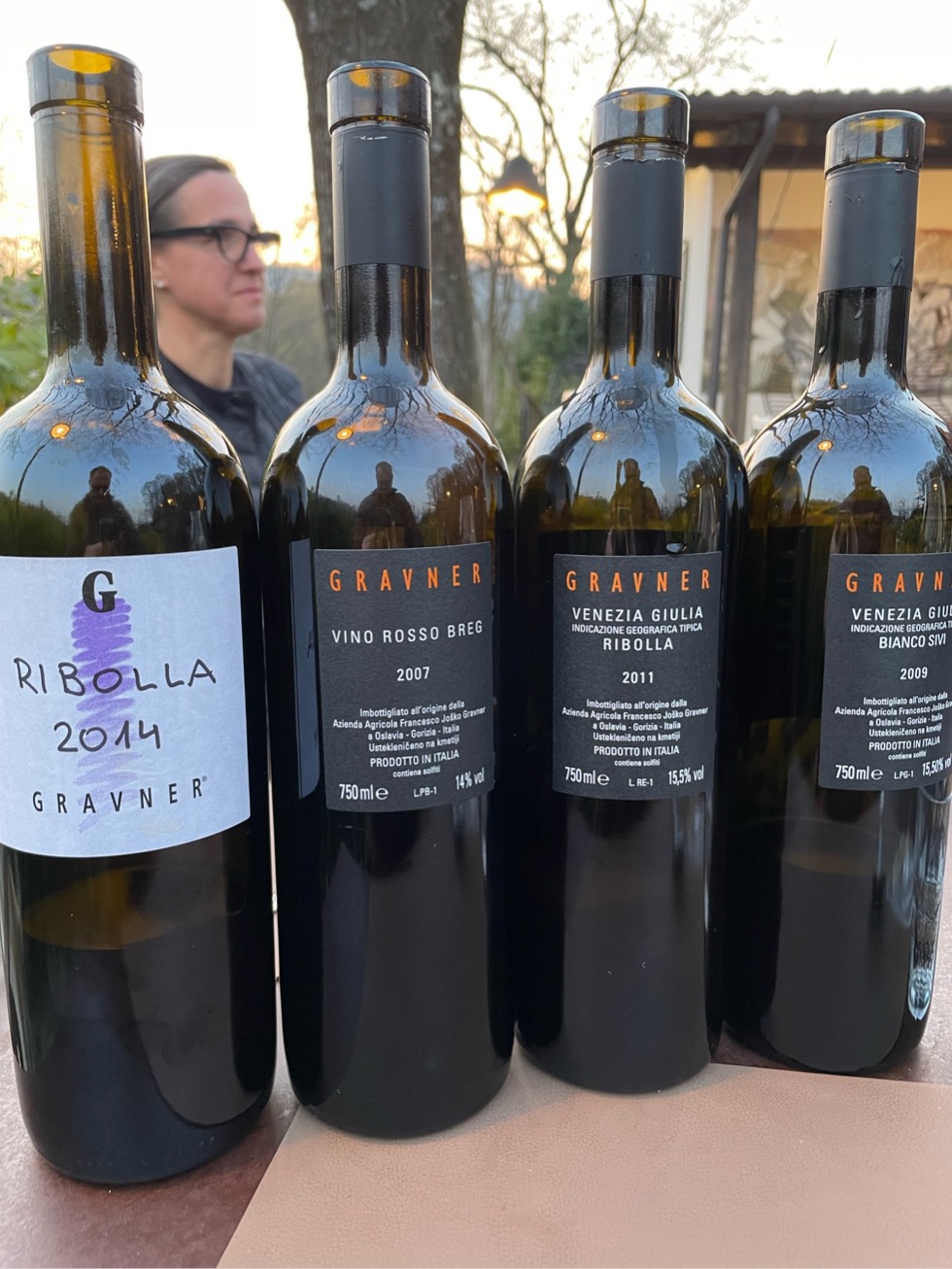
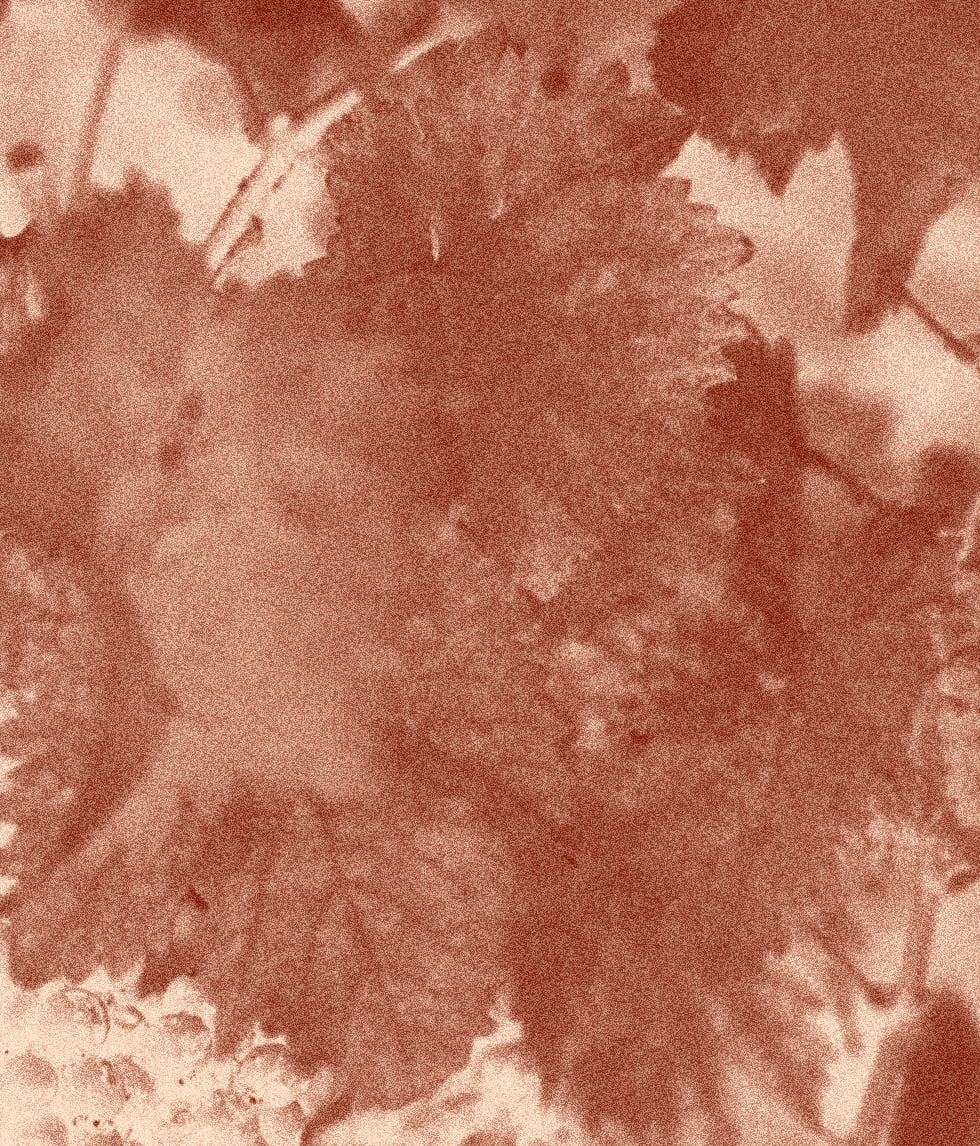
A highly acclaimed producer of technical, stylish Friulian wines early in his career, Joško underwent a crisis of faith in the mid-1990’s, realizing that he simply didn’t enjoy drinking his own wines anymore. The story of his perilous journey into the Caucasus mountains and his encounters with millennia-old Georgian viticultural traditions has been well told by now, but it is not an exaggeration to say that Gravner is among those who prevented millennia-old vinicultural practices from disappearing from his homeland. His wines, often lumped in with other skin-contact wines that have become popular in his wake, stand apart. Long aged, long lived, and profound, we invite you to discover the magic that can be bottled in Italy’s Northeasternmost corner.
Farming
Practicing organic, with some biodynamic practices including working according to the moon
Treatments
Copper sulfate and propolis (organic fungicide obtained from bees)
Ploughing
Annual ploughing to maintain vineyard health and cover crops planted between the vines
Soils
Sandstone-marl flysch, locally known as Ponca/Opoka
Vines
Spur trained and planted at 7,000-9,000 vines/ha, vines average 20 years old
Yields
Controlled through severe winter pruning, debudding, deleafing, and green harvesting
Harvest
Entirely manual, in 15 kg crates; usually from late September to early October
purchasing
Entirely estate fruit
Fermentation
After total destemming, wines ferment spontaneously in Georgian terracotta amphorae known as Qveri. Maceration lasts 5-6 months
Extraction
Wines see punchdowns during alcoholic and malolactic fermentations
Chaptalization
None
Pressing
Vertical basket press
Malolactic Fermentation
Spontaneous, directly following alcoholic fermentation
Élevage
Following maceration, wines age in Qveri for 5-6 months and are then transferred to Slavonian oak Botti, where they age for 5-7 years
Lees
Wines remain on their lees until they are taken off their skins after 5-6 months
Fining and Filtration
Wines are unfined and unfiltered
Sulfur
Applied at each racking and at bottling, c. 80-99 mg/l total sulfur (c. 45 mg/l for red wines)
